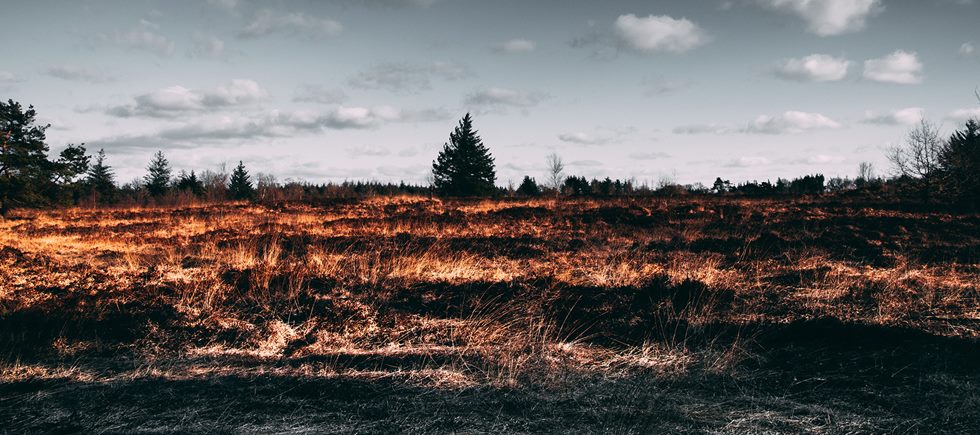
Tomorrow will be Too Late | In the Shadow of the Fires: Climate Crisis and Fire
Fires across the globe are becoming more frequent and intense each year. Along with the destruction they bring to the affected areas, fires pose a threat to the surrounding regions and are closely connected to climate change.

Based on an analysis conducted by Global Forest Watch, a global forest monitoring organization, it has been observed that Turkey has experienced a loss of 678 hectares of tree cover as a result of fires over the past twenty years. To put this into perspective, this amount is roughly equivalent to the size of 954 football fields, and it represents a reduction of approximately 6.7% in Turkey's total tree cover.
What is the Source of These Fires?
Increasing temperatures, driven by factors like fossil fuel consumption, deforestation, uncontrolled waste and greenhouse gases, are the primary cause and effect of the climate crisis. As the climate crisis intensifies, wildfires worldwide are becoming more frequent and severe.
However, although the fires linked to the climate crisis may initially evoke thoughts of forest fires, it is important to note that urban fires can also be attributed to the climate crisis. The rise in temperatures in cities as a result of the climate crisis contributes to a higher occurrence of heat waves. These heat waves, in turn, can lead to power lines overheating and the rapid spread of fires caused by human activities.

Fires typically happen during dry periods, like the summer months. Extinguishing fires can be challenging due to drought and the impact of climate change on water resources. Additionally, the climate crisis affects the speed and direction of prevailing winds, leading to faster fire spread and larger affected areas. Fires also have significant impacts on communities, resulting in the destruction of homes, property, and agricultural land, displacing residents and causing economic losses.
Proposed Solutions
How can we effectively reduce fires that have a negative impact on both the environment and the built structures?
Reducing carbon emissions: Transitioning from the use of fossil fuels, which are the main contributors to carbon emissions in the atmosphere, to renewable energy sources can effectively reduce carbon emissions.
Protecting forests and existing ecosystems: Protecting existing forests and planning afforestation projects will have a positive impact on the climate crisis. These efforts will allow for increased carbon sequestration in the air and indirectly reduce the risk of fires.
Fire management strategies: Furthermore, fire is a common occurrence in our modern world. As a result, early detection of fires, prompt response, and the development of strategies to mitigate the risk before a fire occurs, greatly facilitate fire control efforts. Promoting education and raising awareness in society: Educating the entire community about potential fires and the risks they pose helps individuals to take necessary precautions for their safety.
In conclusion, the climate crisis and fires pose growing threats to the natural environment. These issues are interconnected and require further action to address. By addressing the climate crisis, we can mitigate the frequency and severity of fires. While this necessitates global cooperation, it is also crucial for individuals to take personal responsibility for creating a more sustainable future.
________________

